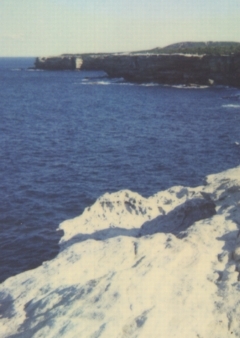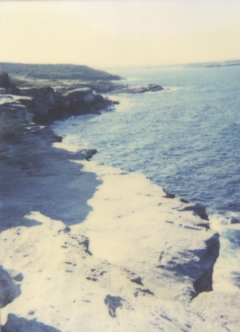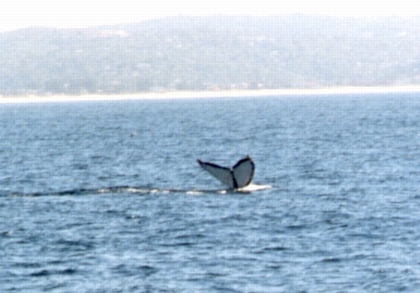
Cape Solander provides a good vantage site to view Humpback whales on their annual migration from Antarctica to the warmer waters of Australia's east coast to the north. During this migration the whales keep close to the coastline to avoid the southerly moving East Australian Current.
The northerly migration begins in May and ends around the end of July each year.
For the journey back to Antarctica the Humpback whales swim further out to sea along with the East Australian Current and cannot be seen from land.
Cape Solander is a natural area. Cliffs, strong winds, uneven surfaces and slippery surfaces can be harmful. Children need to be closely supervised.
Every year from early May to the end of July Wayne and his volunteers, man the Whale Watching Deck and count every whale that they see pass by and submit their findings to the National Park & Wildlife Service.










